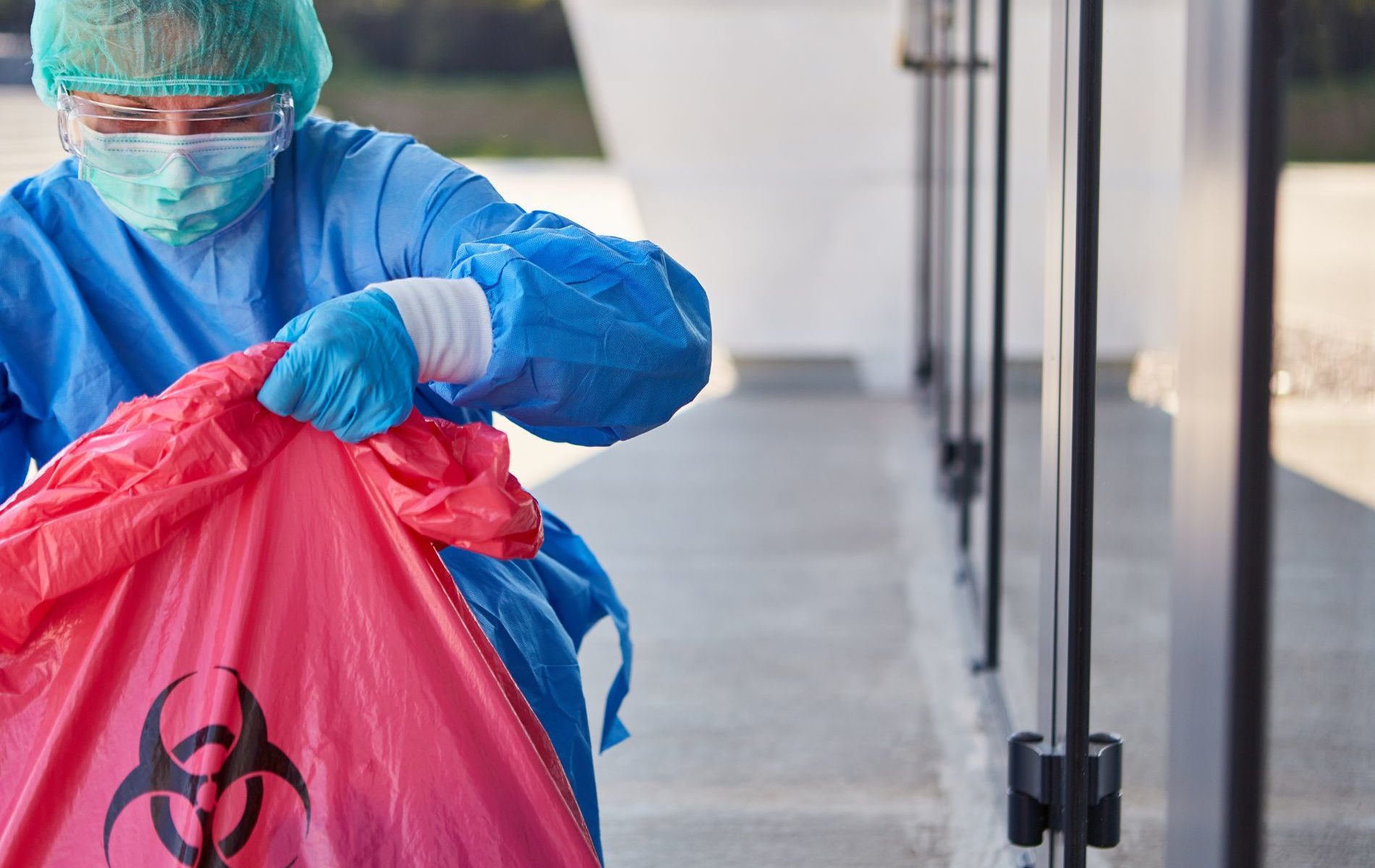Everything about Reclaim Waste
Everything about Reclaim Waste
Blog Article
4 Easy Facts About Reclaim Waste Described
Table of ContentsIndicators on Reclaim Waste You Should KnowAbout Reclaim WasteA Biased View of Reclaim WasteThe Reclaim Waste PDFsThe 3-Minute Rule for Reclaim Waste
Check out the kinds, incidents, and kinds of fluid waste. Residential sewage waste describes the waste and products from a property sewage-disposal tank. This sort of waste is developed by people in houses, colleges, and various other buildings. This only consists of septic storage tanks that have a drain area. The proper monitoring and disposal of domestic sewer waste need liquid waste to be moved to a sewage therapy plant where the appropriate methods and tools are related to purify and get rid of waste.
Business waste typically consists of potential dangers, such as flammable products or a combination of liquid and strong waste products, and requires a much more advanced and thorough disposal procedure. The disposal of industrial waste typically includes the filtering of waste prior to transportation to make sure secure and appropriate disposal. Hazardous waste is developed from byproducts and overflow of commercial procedures and production.
This type of waste can not use the exact same sewage management transport or processes as septic or industrial liquids. The hazardous waste monitoring procedure requires the evaluation and screening of fluid waste prior to it undertakes the disposal procedure (liquid waste disposal). Runoff waste is the liquid waste that comes from runoff and excess stormwater in very inhabited areas or cities
Overflow waste can cause contamination and flooding if not handled properly. Ensuring correct waste monitoring can avoid calamities and decrease ecological harm.
The Buzz on Reclaim Waste
Contact PROS Services today to discover our waste management and disposal solutions and the proper means to care for the liquid waste you produce.
(https://packersmovers.activeboard.com/forum.spark#comment-71317007)This so-called 'wastewater' is not only a vital source but, after treatment, will certainly be released to our land, rivers or the ocean. Used water from bathrooms, showers, baths, cooking area sinks, laundries and commercial processes is known as wastewater.

water made use of to cool equipment or clean plant and equipment). Stormwater, a kind of wastewater, is drainage that flows from agricultural and urban areas such as roofs, parks, yards, roads, courses and gutters right into stormwater drains, after rainfall. Stormwater flows unattended directly to neighborhood creeks or rivers, eventually getting to the ocean.
The Best Strategy To Use For Reclaim Waste
In Queensland, the majority of wastewater is treated at sewer therapy plants. you can look here Wastewater is transferred from residential or commercial sites through a system of sewers and pump stations, understood as sewerage reticulation, to a sewage treatment plant. Regional governments construct, keep and operate most sewer treatment plants. Operators are licensed under the Environmental Management Act 1994 to discharge treated wastewater at an acceptable ecological criterion into rivers.
The Department of Natural Resources suggests local federal governments concerning handling, operating and maintaining sewage systems and therapy plants. In unsewered areas, city governments might need owners to mount individual or house sewage treatment systems to deal with residential wastewater from toilets, cooking areas, washrooms and laundries. The Division of Natural Resources authorizes the usage of home systems when they are verified to be reliable.
A lot of stormwater receives no therapy. In some new subdivisions, therapy of some stormwater to eliminate litter, sand and crushed rock has actually begun utilizing gross contaminant catches. Wastewater therapy takes place in 4 stages: Eliminates strong matter. Bigger solids, such as plastics and other things incorrectly released to drains, are removed when wastewater is passed with screens.
Wastewater after that streams right into big containers where solids settle and are gotten rid of as sludge. Oil and residue are skimmed from the surface area. Makes use of tiny living organisms referred to as micro-organisms to break down and get rid of remaining dissolved wastes and great particles. Micro-organisms and wastes are integrated in the sludge. Removes nitrogen and phosphorus nutrients that can create algal blooms in our rivers and threaten water life.
Some Known Details About Reclaim Waste
Nutrient elimination is not offered at all sewer treatment plants since it needs expensive specialised equipment. Clear fluid effluent produced after treatment might still contain disease-causing micro-organisms - liquid waste removal melbourne.

Most wastewater moves into the sewage system. Under the Act, neighborhood governments administer authorizations and licences for ecologically relevant tasks (Ages) including wastewater launches that may have a local influence.
Excitement About Reclaim Waste
Tracking provides accurate information regarding water high quality and can verify that permit problems are being fulfilled. The info gotten via surveillance gives the basis for making water top quality choices.
Report this page